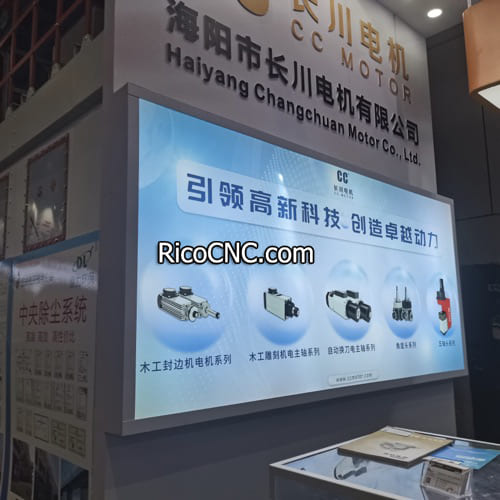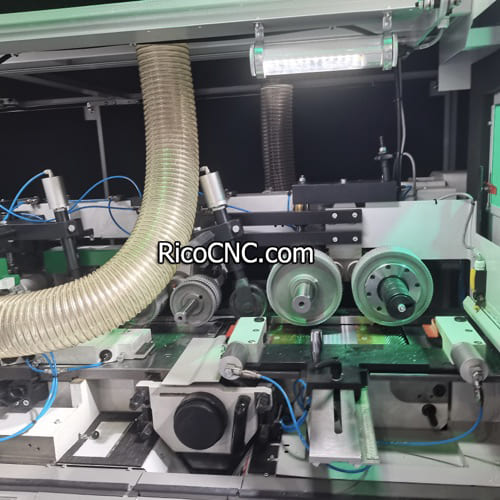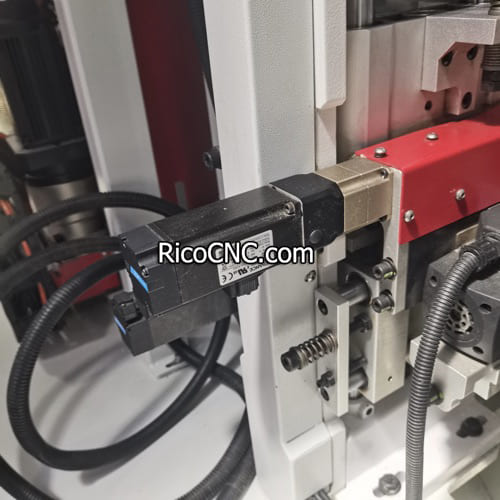
How Does a 4-Way Pneumatic Solenoid Valve Work?
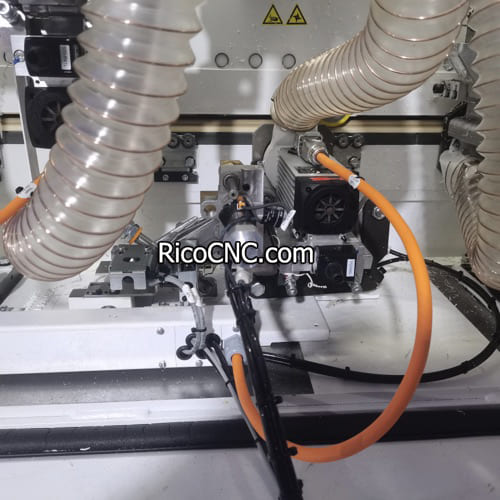
4-way pneumatic solenoid valves play a crucial role in pneumatic systems by controlling the direction of airflow, allowing for precise control of actuators, cylinders, and other mechanical processes. These valves are common in industrial automation, offering versatility in managing air pressure to different outputs. This article will take an in-depth look at how a 4-way pneumatic solenoid valve works, the different types available, and how to select the right one for your application.
What Is a 4-Way Pneumatic Solenoid Valve?
A 4-way pneumatic solenoid valve is a type of control valve designed to direct the flow of compressed air. It has four distinct ports: two that connect to actuators, one that supplies pressurized air, and an exhaust port to release air. These valves are essential for actuating double-acting cylinders, which require precise movement in both directions. Unlike a simpler two-way valve, a 4-way valve allows for more comprehensive control of airflow, making it versatile for many industrial applications.
The key components include:
Valve Body: Houses all parts and provides connections for ports.
Solenoid Coil: Generates a magnetic field that activates internal components.
Plunger and Spring: The plunger controls airflow, and the spring ensures it returns to its resting state when de-energized.
Ports: There are typically four ports in a 4-way valve: two output ports, one input for pressurized air, and one for exhaust.
Basic Functioning
When an electric current flows through the solenoid coil, it creates a magnetic field that moves the plunger, shifting the valve's position to direct air appropriately. When the coil is de-energized, the spring pushes the plunger back to its original position, closing off certain pathways and opening others. This change in state controls the direction of airflow through the system, which is essential for applications like actuator control.
For more information about specific models like the 4KB219-00 CKD 24VDC Pneumatic Solenoid Valve, this valve offers efficient performance in managing airflow for automation purposes.
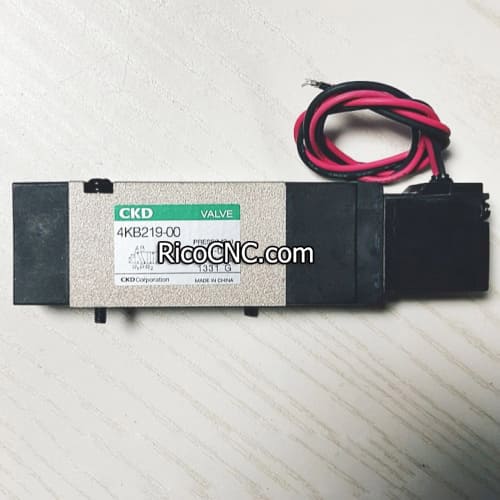
Components of a 4-Way Pneumatic Solenoid Valve
1. Solenoid Coil
The solenoid coil is the core element of the valve. It is made from copper wire, which, when energized, generates an electromagnetic field. This field is crucial for moving the plunger, thus changing the direction of airflow within the valve. The coil needs to be durable to withstand repeated activations and ensure reliable performance.
Voltage Requirements: Solenoid coils come in various voltage configurations, ranging from 12V to 240V, depending on the application.
2. Valve Body and Ports
The valve body is typically made from stainless steel or brass, materials that are resistant to corrosion. The ports in the valve body allow for various connections:
P Ports: Supply pressurized air.
- A and B Ports: Connected to actuators, allowing the air to flow into either side of a double-acting cylinder.
- E Ports: The exhaust port is essential for releasing air when the valve switches states.
3. Plunger and Spring Mechanism
The plunger is a metal rod that shifts based on the magnetic force generated by the coil. When the coil is energized, the plunger moves, allowing air to flow into specific ports while blocking others. The spring is responsible for bringing the plunger back to its resting state once the current stops.
Material and Durability: Plungers are generally made from ferromagnetic materials, ensuring they respond effectively to the electromagnetic force generated by the coil.
For more detailed specifications, you might refer to the 1824210260 AVENTICS Solenoid Valve Coil for its reliable magnetic control features.
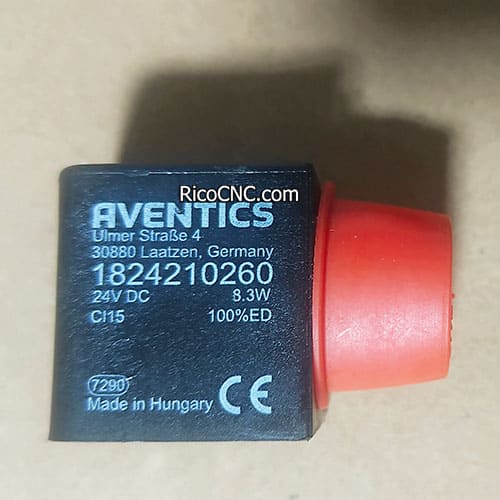
Types of 4-Way Pneumatic Solenoid Valves
There are several types of 4-way pneumatic solenoid valves, each suitable for different functions and environments.
1. Direct-Acting Solenoid Valves
In direct-acting solenoid valves, the solenoid coil directly moves the plunger. This mechanism is straightforward, with no need for system pressure to assist in moving the valve components. Direct-acting valves are useful in systems with low air pressure, offering quick response times.
Advantages: Simple design, fast actuation.
- Applications: Ideal for low-pressure pneumatic circuits.
2. Internally Piloted Solenoid Valves
Internally piloted solenoid valves utilize a small amount of air from the system to help move the main valve. This type is energy-efficient and can handle higher flow rates.
Advantages: Handles larger flow rates and higher pressures.
- Applications: Often used in more complex pneumatic systems.
3. Semi-Direct Acting Solenoid Valves
Semi-direct acting solenoid valves are a combination of both direct-acting and internally piloted mechanisms. They use both the magnetic force from the coil and system pressure to actuate the valve.
Advantages: Greater control and efficiency at a moderate cost.
- Applications: Suitable for systems where control precision is crucial.
Consider options like the R414002403 Aventics Pneumatic Solenoid Valve for its robust features, making it a popular choice in automation systems.
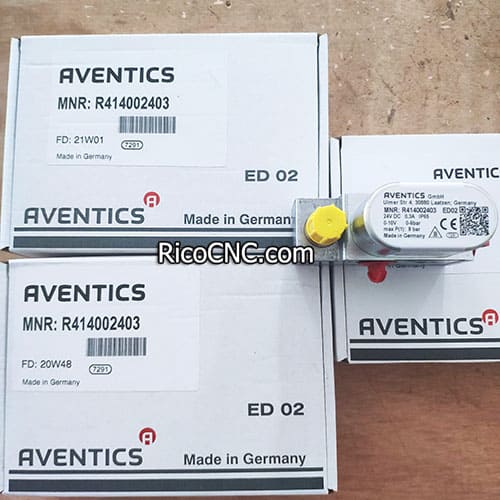
Applications of 4-Way Pneumatic Solenoid Valves
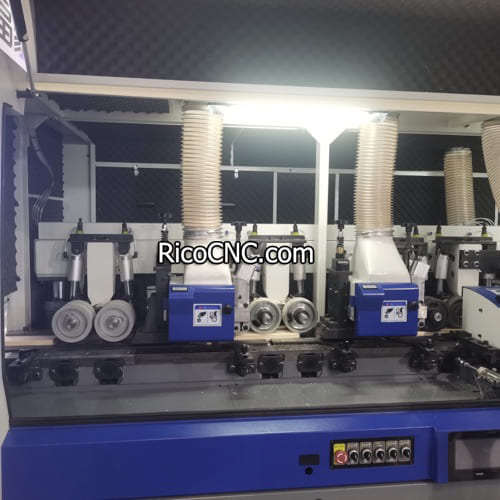
1. Industrial Automation
In industrial automation, these valves are used to control pneumatic cylinders that perform repetitive tasks, such as moving or lifting materials. The reliability and speed of 4-way solenoid valves are ideal for environments where efficiency and precision are key.
Example: Assembly lines where pneumatic actuators move components into position for further processing.
2. Automotive Systems
4-way pneumatic solenoid valves are extensively used in the automotive industry, particularly in applications like gear shifting, braking systems, and suspension systems. They offer precise control of air pressure, which is critical for the performance and safety of these components.
Advantages: Enhanced vehicle performance and smoother operation.
3. Packaging Machinery
In packaging industries, 4-way pneumatic solenoid valves control air-driven machinery that fills, seals, or moves packaging materials. The rapid response times and reliability make these valves indispensable in high-speed production environments.
Reliability: Ensures that packaging processes remain seamless and efficient.
4. Medical Devices
Medical equipment like ventilators relies on precise air control, and 4-way pneumatic solenoid valves play a role in regulating oxygen flow and pressure. The precision and dependability of these valves make them suitable for life-critical medical devices.
How to Choose the Right 4-Way Pneumatic Solenoid Valve
When choosing the right 4-way pneumatic solenoid valve, several factors should be considered:
Flow Rate: Determine the required flow rate to ensure the valve can handle the volume of air necessary for your system.
- Pressure Requirements: Select a valve capable of handling the pressure differential within your pneumatic circuit.
- Material Compatibility: Make sure the valve body and seals are compatible with the working environment. Stainless steel is often preferred for its resistance to corrosion.
- Voltage: Ensure the coil voltage matches your system requirements, whether AC or DC.
For example, the 2241.52.00.39.02 Pneumax Pneumatic Solenoid Valve provides an efficient solution for general industrial automation needs.
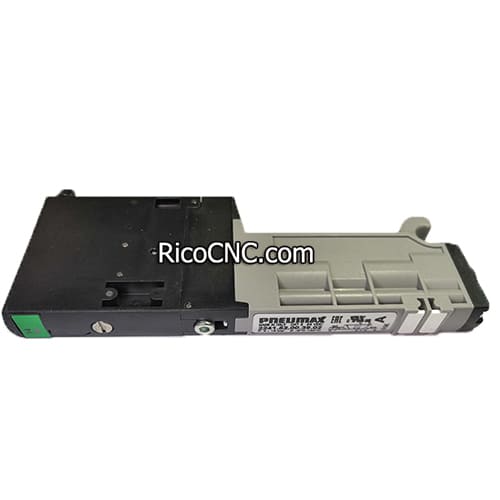
Maintenance Tips for 4-Way Pneumatic Solenoid Valves
To maintain the efficiency of 4-way pneumatic solenoid valves, regular maintenance is essential:
Routine Cleaning: Regularly clean the valve body and ports to ensure there is no buildup of dirt or contaminants.
- Electrical Checks: Use a multimeter to check the coil resistance and verify it matches the manufacturer’s specifications.
- Inspect Seals and Springs: Seals and springs can degrade over time; replace them periodically to maintain optimal performance.
Frequently Asked Questions About 4-Way Pneumatic Solenoid Valves
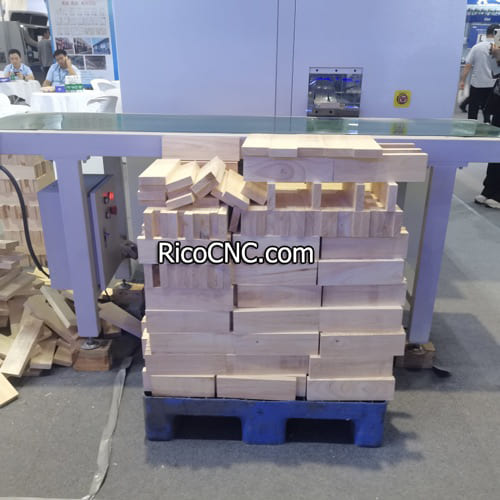
1. What is the purpose of a 4-way pneumatic solenoid valve?
The purpose of a 4-way pneumatic solenoid valve is to control the direction of compressed air to move double-acting cylinders or actuators in two different directions.
2. How do I know if my solenoid valve coil is faulty?
You can test the solenoid valve coil using a multimeter. If it shows no resistance or infinite resistance, it is likely burnt out and needs replacing.
3. Can a 4-way pneumatic solenoid valve be used for liquids?
No, 4-way pneumatic solenoid valves are specifically designed for compressed air or gases. For liquid systems, different types of solenoid valves are required.
4. How often should I service a 4-way pneumatic solenoid valve?
Service intervals depend on usage and environment. However, a general guideline is to perform preventative maintenance every 6-12 months.
Conclusion
A 4-way pneumatic solenoid valve is a vital component in any automation system requiring precise control of air direction to actuators and cylinders. Understanding how these valves function, the types available, and how to select the right one for your needs can significantly improve operational efficiency. With proper maintenance and timely troubleshooting, these valves can provide long-lasting and reliable service.
For any further assistance or to explore our wide range of pneumatic solenoid valves, feel free to contact us. We are here to help you choose the best components for your specific applications.
